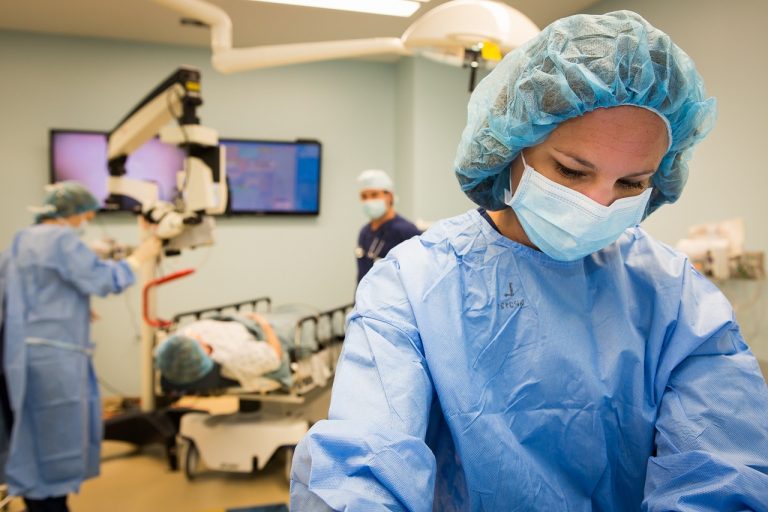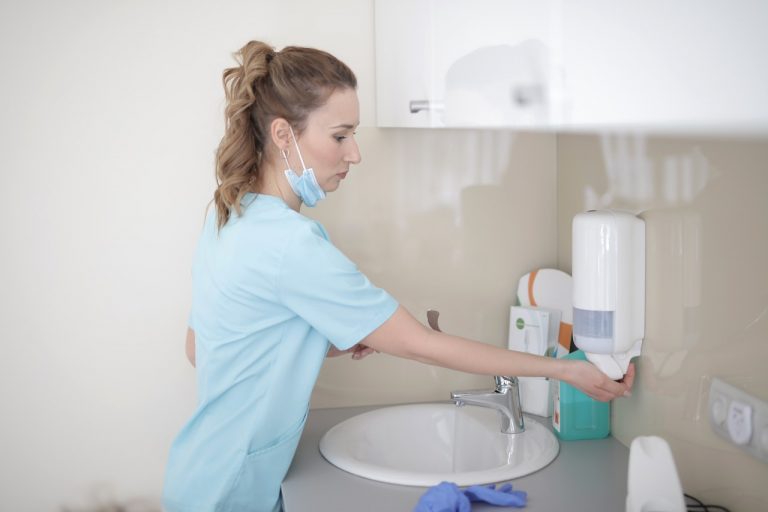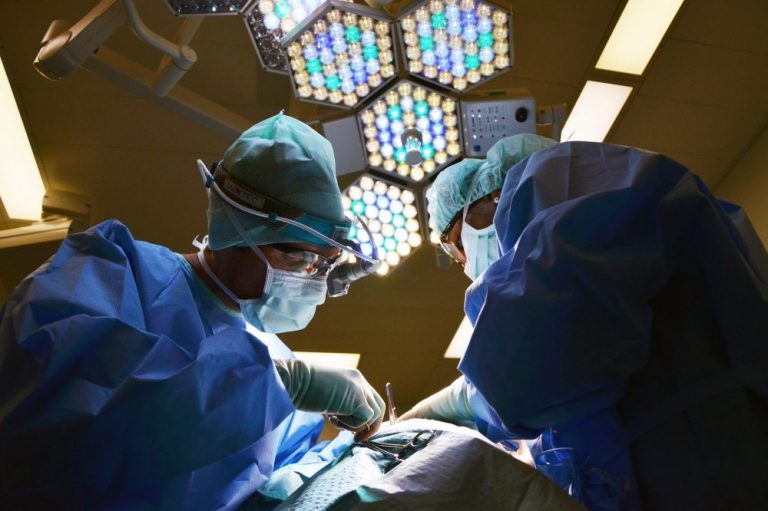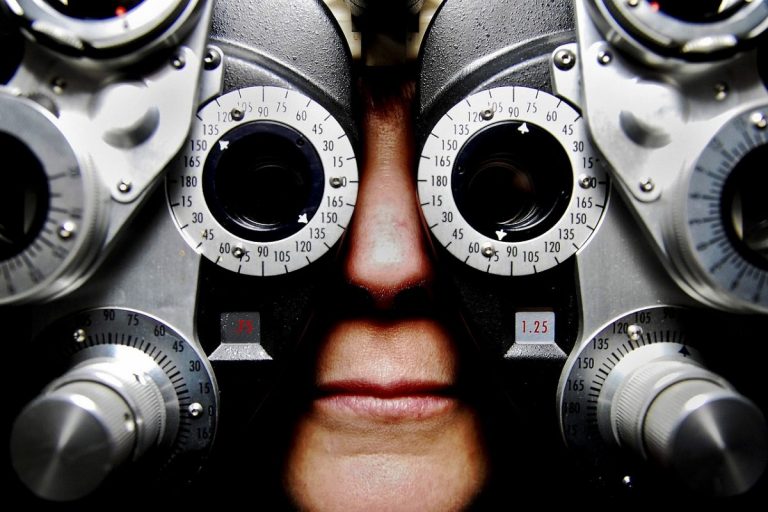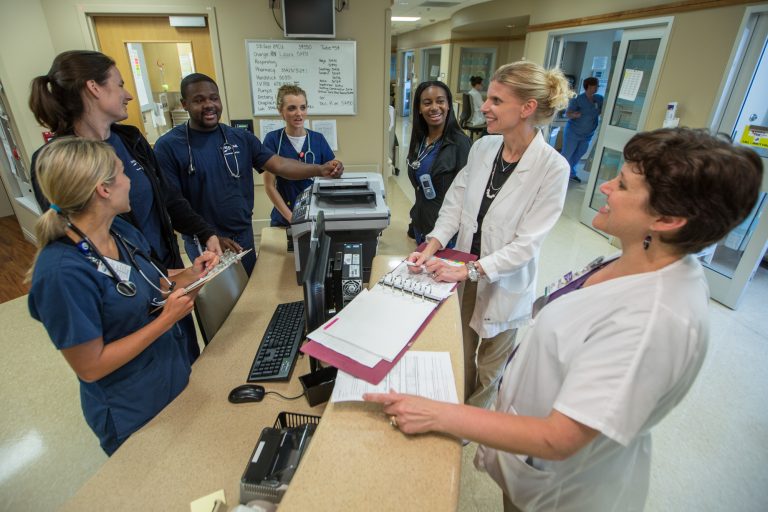Obstetricians and gynecologists (OB / GYNs) take care of pregnancy, childbirth, and the reproductive system of women. During their pregnancy, they treat and guide women and deliver children. They also diagnose and treat women-specific health problems, such as breast cancer, cervical cancer, hormonal disorders, and menopause-related symptoms.
OBGYN is an acronym for physicians who specialize in gynecology and obstetrics. OBGYNs diagnose and treat reproductive system conditions for women, monitor pregnancy, and monitor childbirth. Like all medical doctors, these doctors must complete several years of education and obtain a license to practice legally.
If you are interested in the healthcare field and would like to focus primarily on women and childbirth, then this might be the career for you. OBGYNs handle a variety of medical conditions and situations. To learn more about being an OBGYN, continue reading below.

Educational Background to Become an OBGYN
Concentrating on a pre-medicine path is what many undergraduate students do to prepare for medical school. With this, you would take classes such as anatomy, chemistry, biology, genetics, and physics classes. However, when you take ample electives from science to fulfill the prerequisites for medical school, you will not necessarily need a major related to science.
The next step to pursue an OBGYN career requires medical school attendance. In the U.S. you need to score high on the Medical College Admission Test (MCAT), an American Medical Colleges Association program. The test is comprised of four parts covering physical sciences, verbal reasoning, writing, and biological sciences.
You will be taking in-depth science courses and studying medical terminology and procedures for the first two years of medical school. You need to get some actual hands-on experience at a clinic or hospital in the third and fourth years.
Next, you have to complete your residency. To gain experience in preventive and primary care, medical management, and surgical procedures, you must qualify for and complete a four-year residency in obstetrics and gynecology. Your roles and duties will increase every year as an OBGYN patient. It’s likely that you’ll be spending a lot of time in the hospital or clinic and responding to sudden emergencies, such as births at all hours of the night.
Job Prospects for an OBGYN
To become an OBGYN, you must complete an undergraduate and medical school, together with an internship or residency, and then you can receive a state medical license.
For all doctors and surgeons in general, the U.S. Bureau of Labor Statistics (BLS) estimated job growth of 14 million from 2014-2024, which is much faster than the average. The BLS stated that OBGYNs’ average annual salary, as of May 2015, was $222,400.

Job Descriptions for an OBGYN
- Track a patient’s medical history
- Check records and patient information to display current findings and procedures
- Perform proactive testing for health problems
- Conduct surgery and help with labor and delivery of babies
- Order tests for nurses or other healthcare workers and review test results to detect any unusual findings
Conclusion
Being an OBGYN is an excellent start if you want to start a career in healthcare. If you’re going to concentrate exclusively on serving women, then you should become an expert in this field. For more careers in health, healthcare, and sciences, click here.
Also read – How to Become a Virtual Medical Transcriptionist

